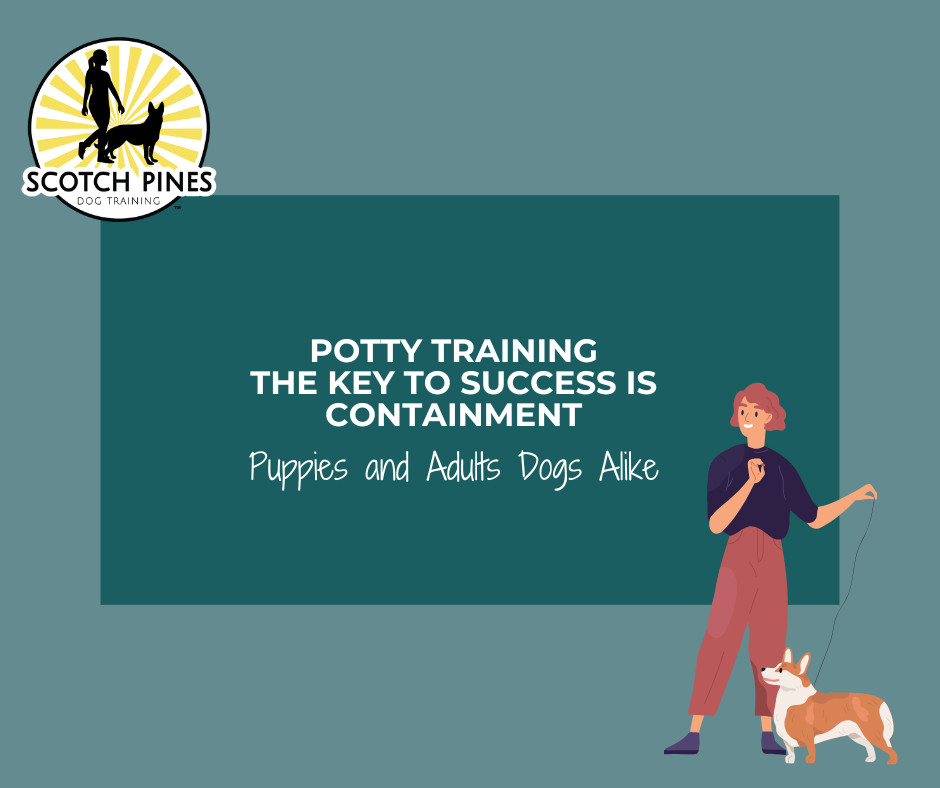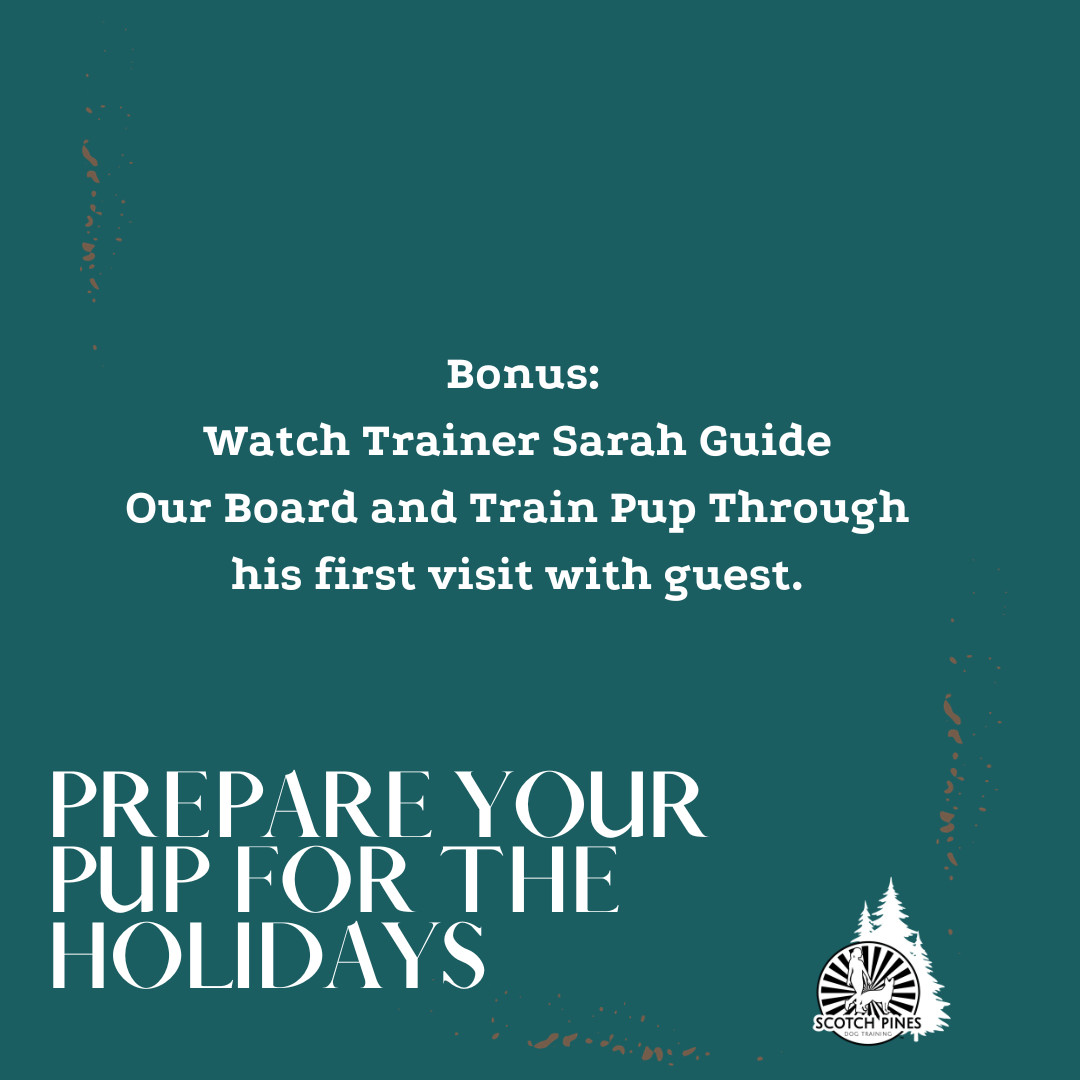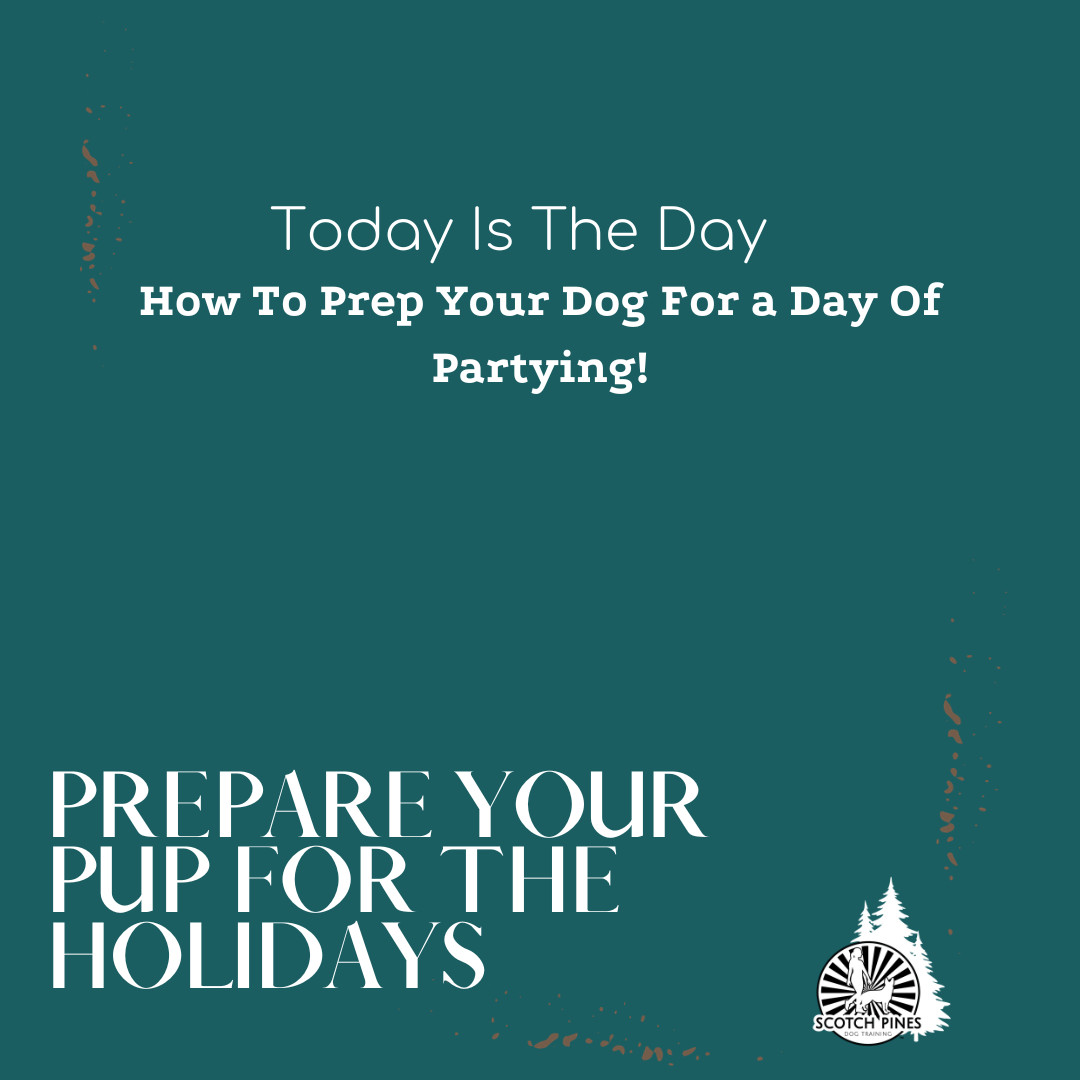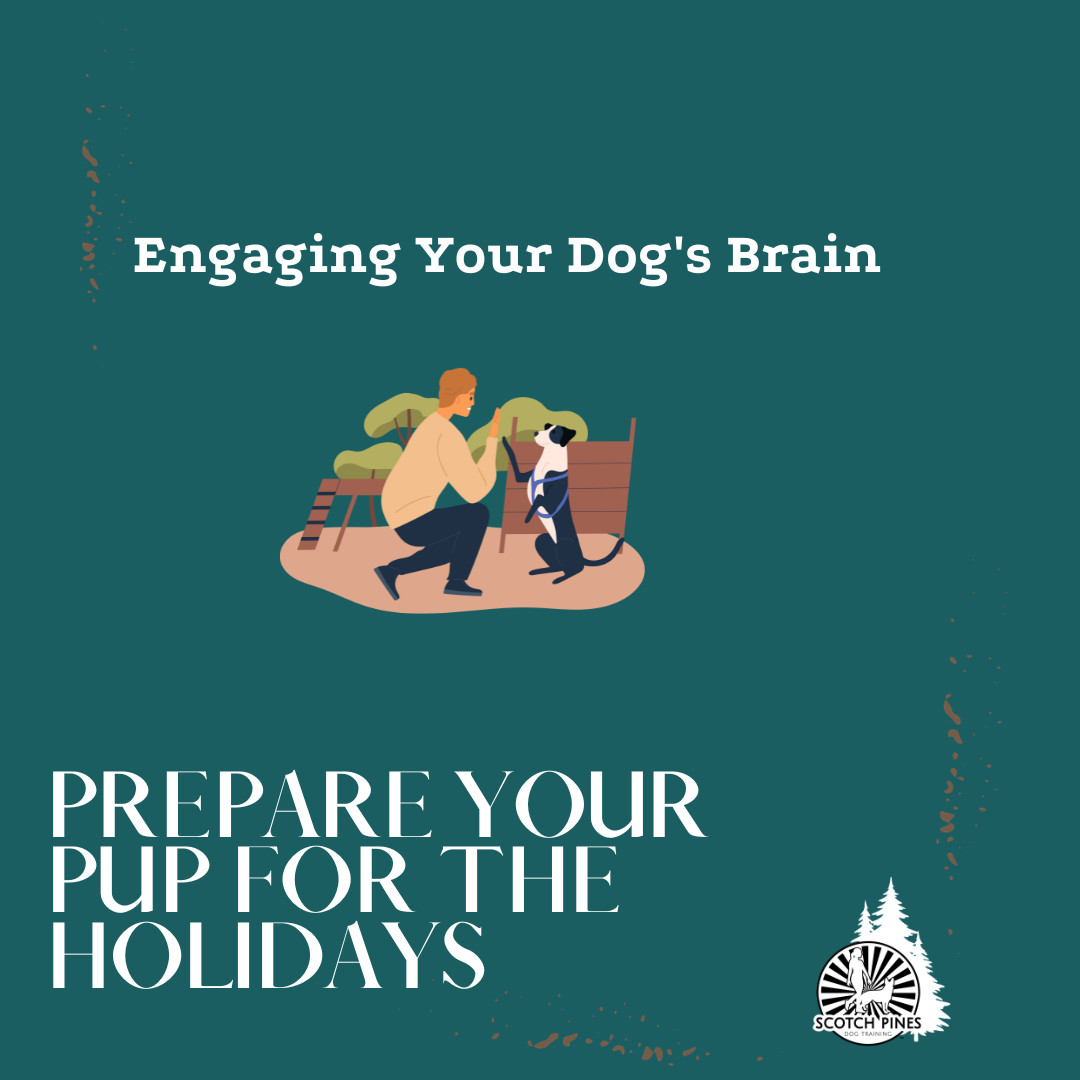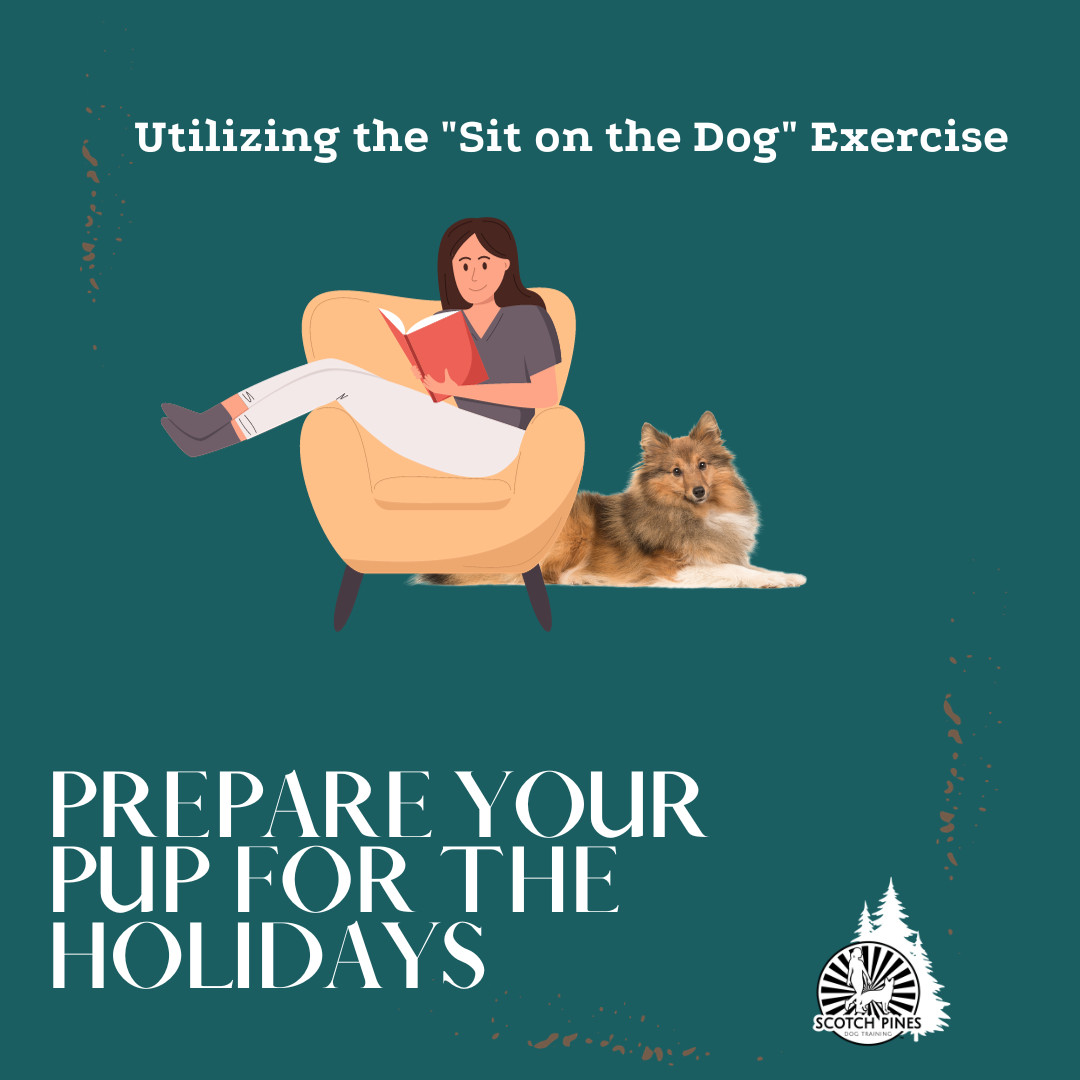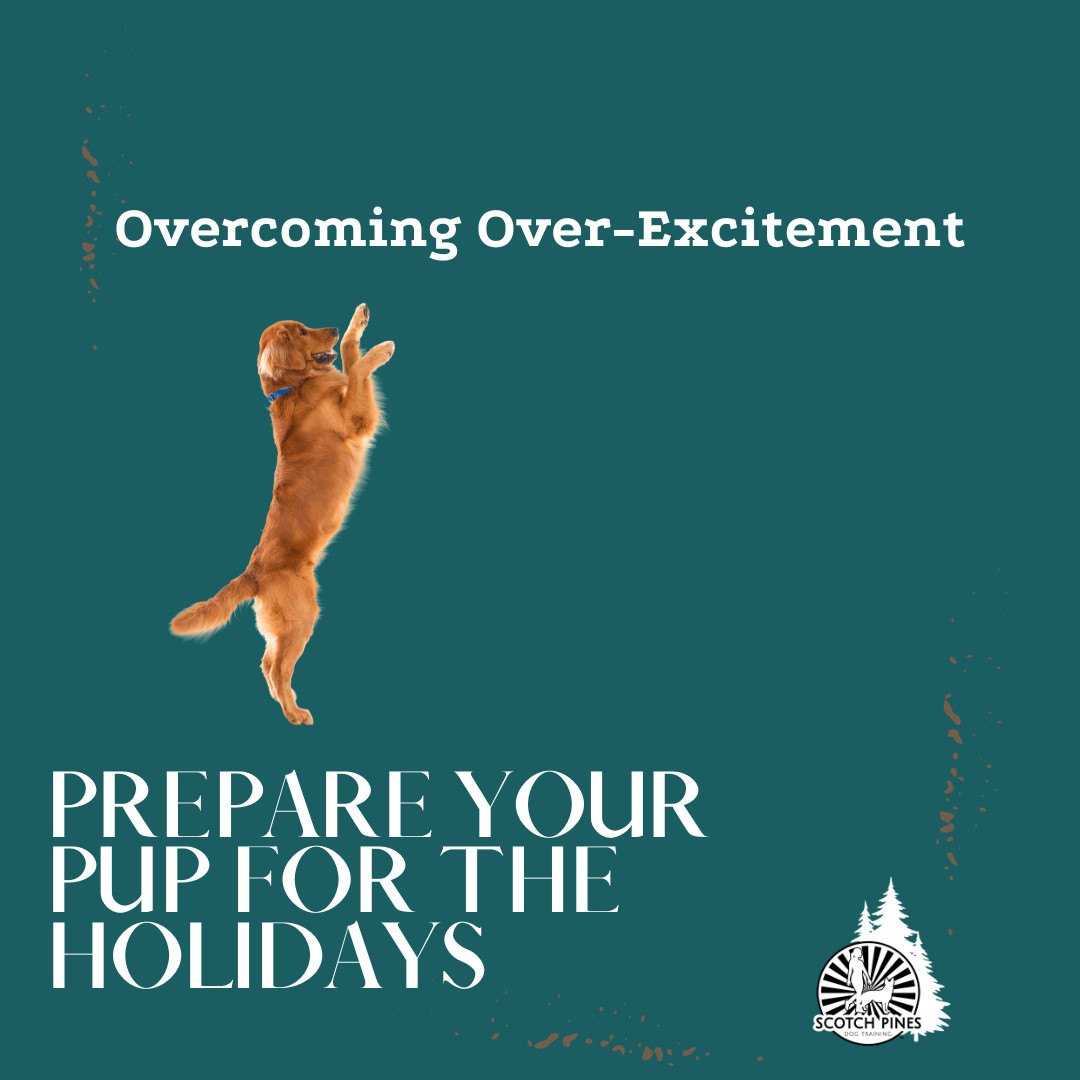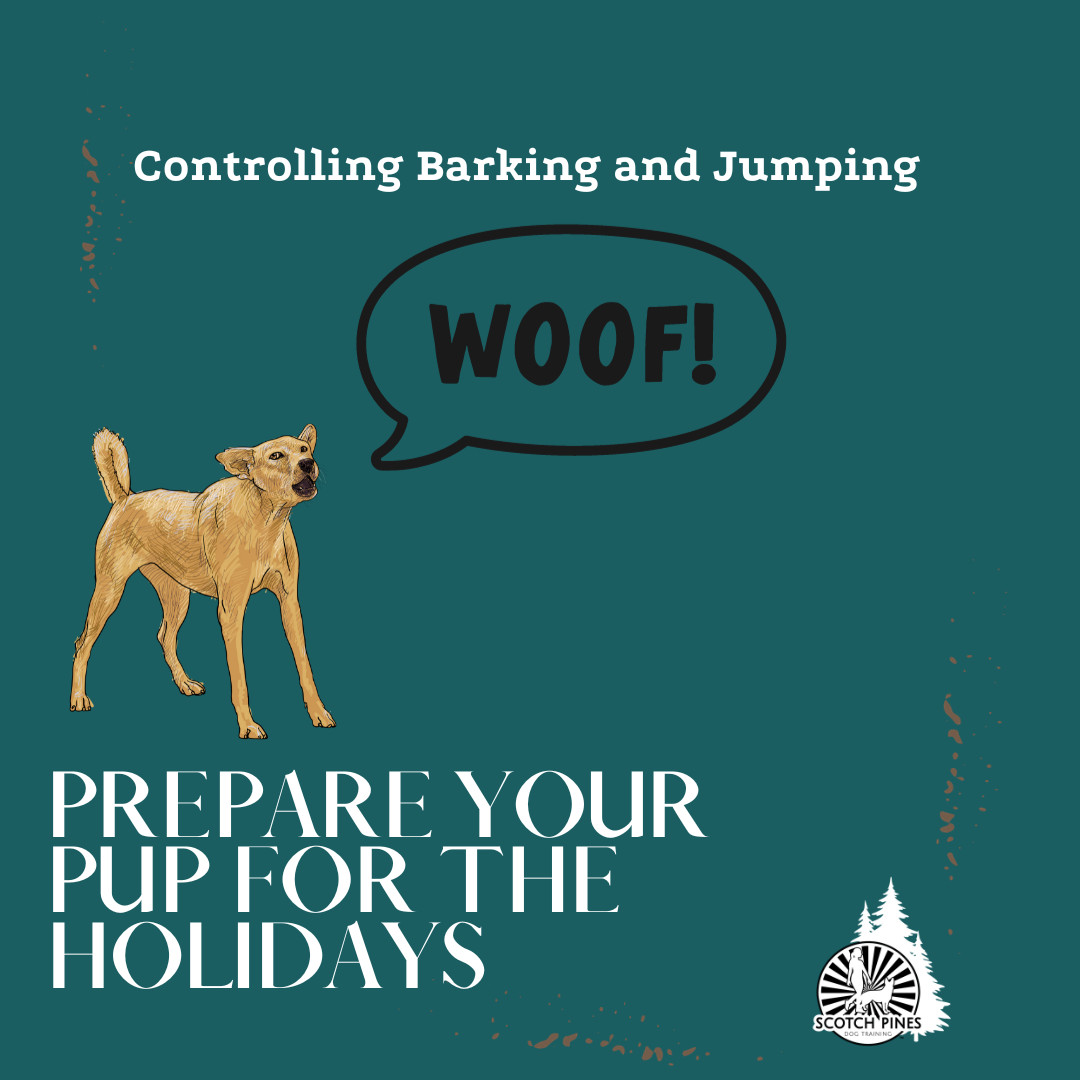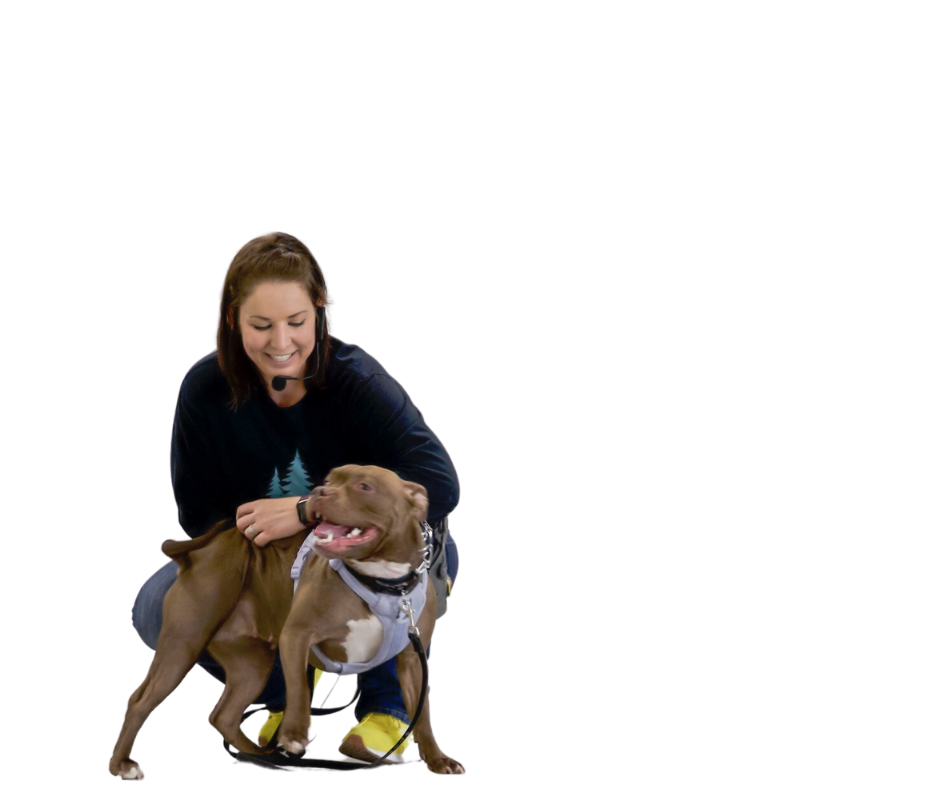Kennel training plays an essential role in teaching dogs to perceive their crate as a safe haven, helping manage both behavioral expectations and safety concerns. The process of kennel training, however, is often misunderstood; simply placing a puppy inside the kennel without gradual acclimatization can lead to resistance and behavioral issues. A structured approach to kennel training, which includes voluntary entry and positive reinforcement, can prevent these issues and ensure a calm and welcoming association with the space.
Initial steps in creating a positive kennel experience start with associating the kennel with treats and positive engagement. Keeping the kennel door open and using a playful approach, like tossing treats inside, can encourage dogs to enter voluntarily and associate the space with positive experiences. As the dog becomes comfortable, the process can involve gradually closing the door for short periods to build familiarity with the door's motion and sound, ensuring that this step remains stress-free.
Addressing challenges such as separation anxiety requires a patient and structured method, focusing on brief separations coupled with calm reinforcement when the dog remains relaxed. Gradually extending these periods helps the dog understand that separation is normal and non-eventful. Throughout this process, maintaining calmness during exits and entries ensures that the dog learns excitement doesn’t lead to freedom, reinforcing patience and relaxation as keys to successful kennel training. This approach ultimately ensures that dogs of varying temperaments can appreciate the kennel as a comfortable space, even when left alone for necessary durations.
Kennel training is a crucial skill that benefits both dogs and their owners by providing a safe space for dogs and ensuring that they do not damage property or harm themselves. A common challenge faced by owners is the misconception that dogs will adapt to kennels instantly; this expectation often leads to frustration and behavioral issues such as aggression. Instead, a systematic approach to kennel training aimed at creating a positive association can make the process smoother and more effective for both the dog and the owner.
When beginning kennel training, a common error is placing a puppy inside the kennel and expecting it to adapt. This can result in the dog resisting the kennel altogether, causing stress for both the dog and the owner. The key is to encourage the dog to enter willingly by associating the kennel with positive experiences, such as playing a simple kennel game that rewards entry with treats and ensures the door remains open to avoid creating a negative association.
For successful kennel training, patience is essential, especially with dogs that might exhibit signs of stress or anxiety. Techniques such as remaining in the room initially, practicing short departures, and reinforcing calm behavior can help build a dog's comfort and confidence over time. By following these steps, dogs can gradually learn to perceive the kennel as a comfortable and secure environment, even when left alone, which will be advantageous in real-world scenarios such as vet visits or travel.
Read more...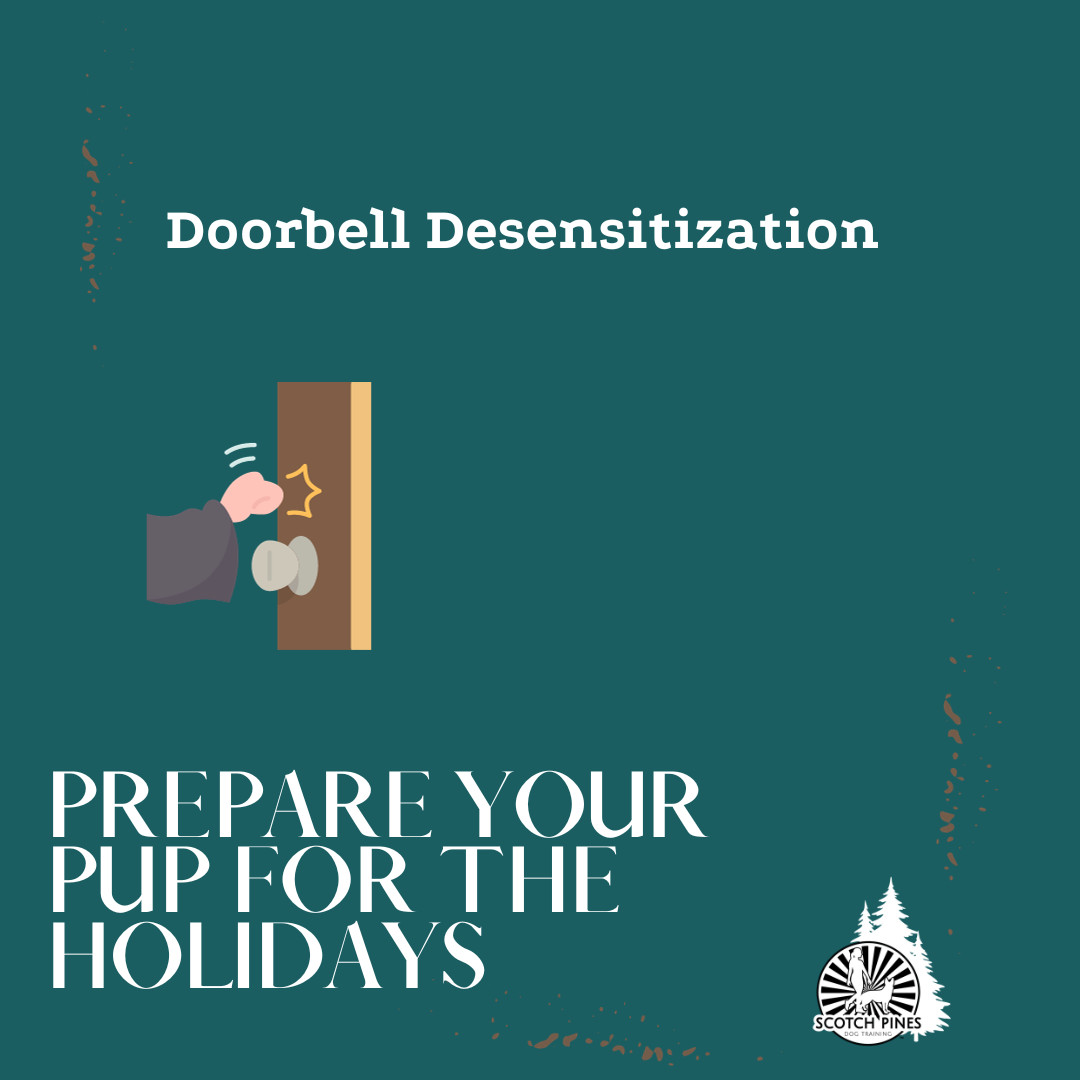
Is your dog always going crazy when the doorbell rings? Don't worry, you're not alone. Luckily, with the right training, you can help your furry friend stay calm and composed during doorbell chimes. Our step-by-step guide to mastering doorbell desensitization will teach you everything you need to know.
To start, it's important to understand the desensitization process. We have inadvertently trained our dogs to associate the doorbell with excitement and chaos, but we can recondition their response. By following our guide, you can train your dog to see the doorbell as something ordinary in as little as a week.
With consistent training and the use of our special Doorbell Desensitization Replay, you can ensure your dog is well-prepared for the upcoming holiday season. Stay tuned for our next article, where we'll explore more tips and tricks to control barking and jumping.
Read more...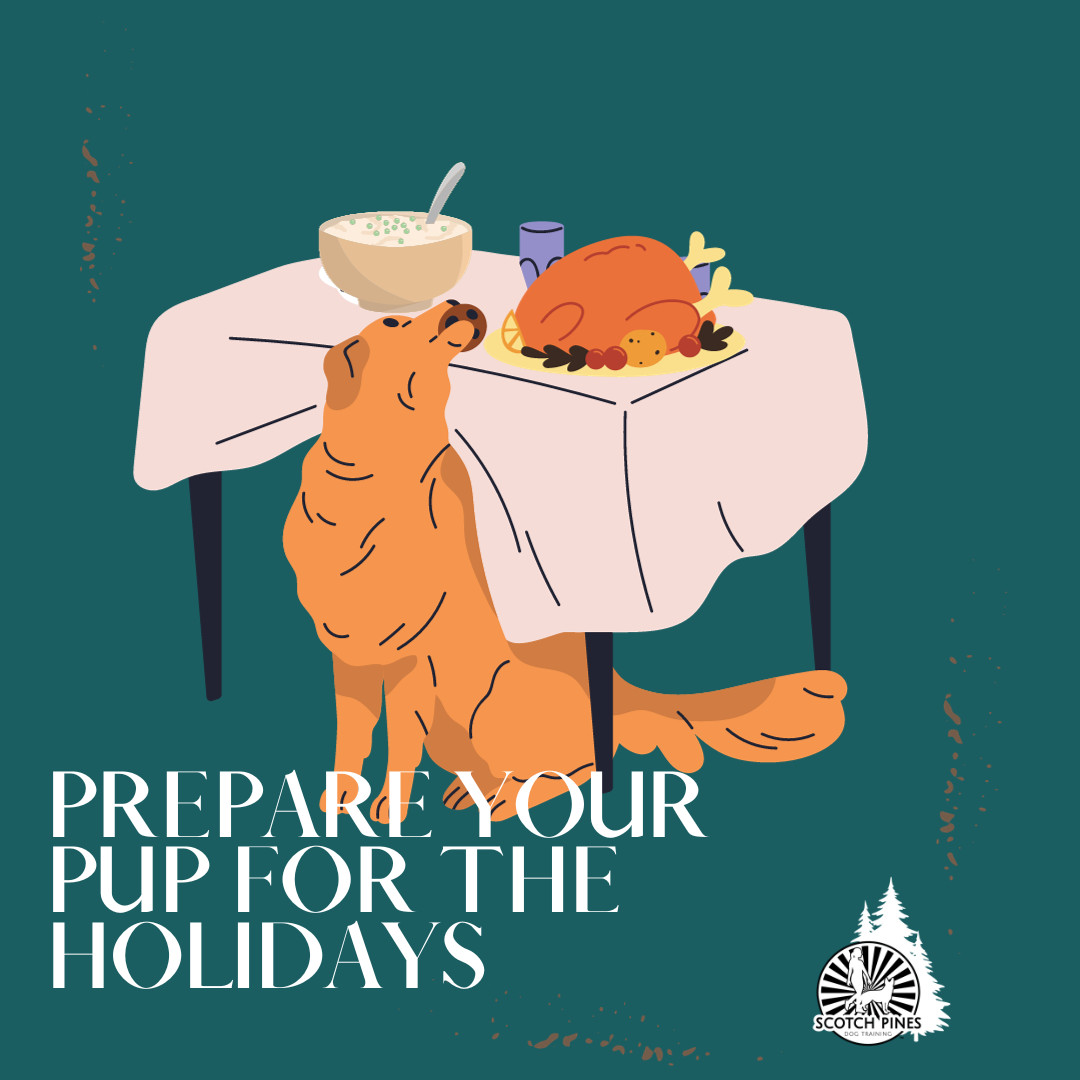
The holiday season is fast approaching, and we all know what that means—friends and family coming over, delicious meals, and joyous celebrations. While it's a time of great excitement for us, it can sometimes be overwhelming for our dogs. That's why it's crucial to start preparing your dog for the holiday season well in advance. In this blog post, we'll discuss the importance of getting your dog ready for holiday guests and festivities, and we'll give you a sneak peek of the exciting content we have in store for you in our upcoming series.
Why Prepare Your Dog for the Holidays?
The holidays bring a flurry of activities and changes to your home environment, which can be both exciting and stressful for your canine companion. Here's why it's essential to prepare your dog for the upcoming holiday season:
- Reduced Stress: Dogs can become anxious when faced with unfamiliar guests, loud noises, and disruptions to their routine. Preparing them in advance can help reduce stress and anxiety.
- Safety: With more people coming and going, doors opening and closing frequently, and tempting holiday foods around, there's a higher risk of your dog slipping out or getting into something they shouldn't. Providing our pups with safe areas to go when they get overwhelmed is so important. Training can help keep your dog safe.
- Guest Interaction: Well-behaved dogs are a joy to have around during holiday gatherings. Training your dog ensures that they can interact with guests in a polite and friendly manner.
- Enjoyment: By preparing your dog for the holidays, you'll create a more enjoyable experience for both you and your dog. You can include them in the festivities with confidence, knowing they'll behave appropriately.
What's Coming Up in Our Holiday Series?
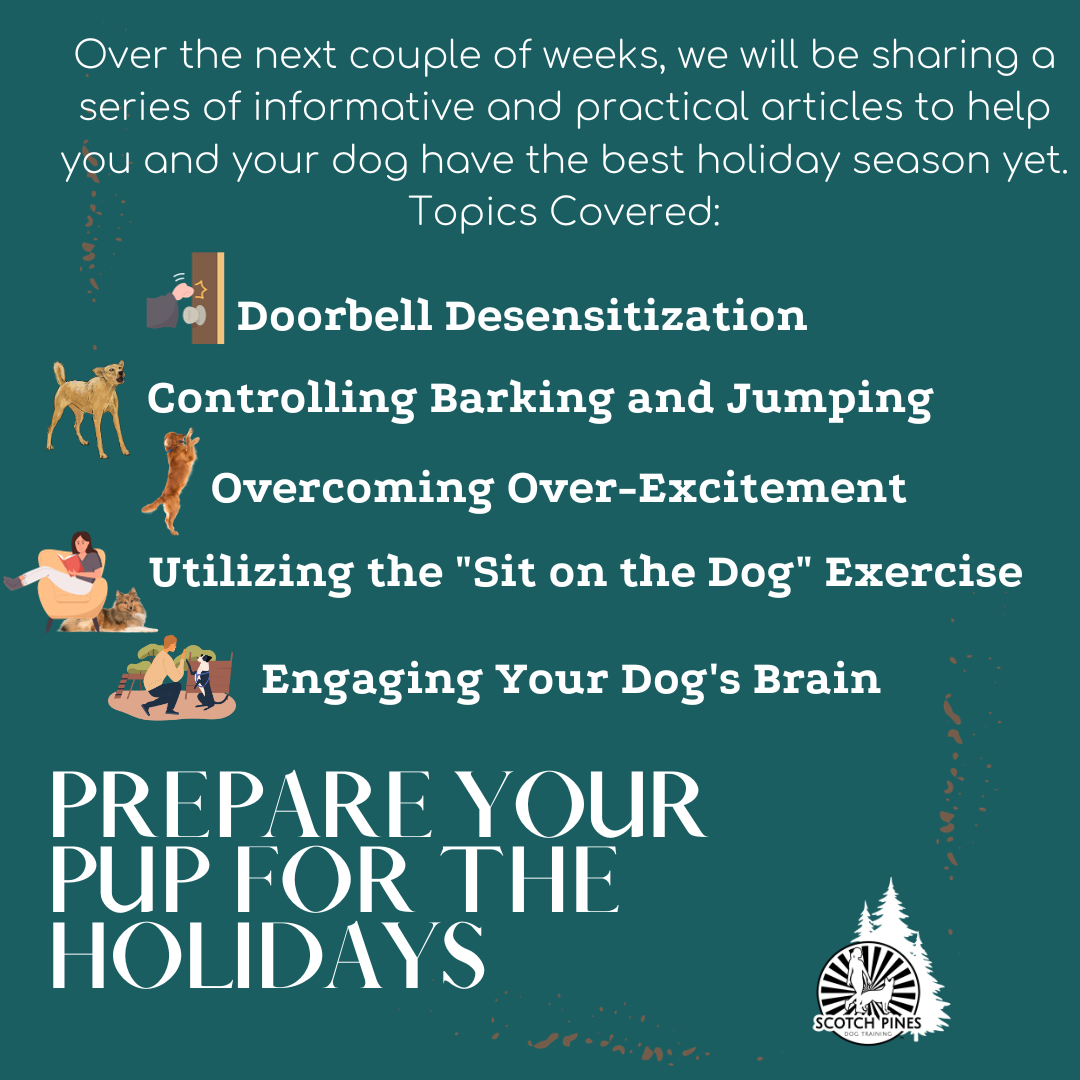
Over the next couple of weeks, we will be sharing a series of informative and practical articles to help you and your dog have the best holiday season yet. Here's a sneak peek at what you can expect:
- Doorbell Desensitization: Learn how to prevent your dog from going into a frenzy every time the doorbell rings, ensuring a calm and composed entrance for guests.
- Controlling Barking and Jumping: Discover techniques to curb excessive barking and jumping, making your dog a more pleasant presence when guests arrive.
- Overcoming Over-Excitement: We'll show you how to manage your dog's over-excitement, so they can enjoy the festivities without becoming overly hyper.
- Utilizing the "Sit on the Dog" Exercise: Explore the power of the "Sit on the Dog" exercise as a tool to maintain calmness during the holidays and beyond.
- Engaging Your Dog's Brain: Keep your dog mentally stimulated with brain-stimulating activities that help prevent boredom and anxiety.
These 5 steps above can help give you a more peaceful holiday season with your dog...but if you want some added help you can apply all of the above with the help of obedience training, you can take your holiday's to the next level!!
Are you ready to make this holiday season a peaceful and enjoyable one for both you and your dog? Stay tuned for our upcoming articles, and don't miss the opportunity to enroll in our online obedience course. Together, we'll ensure that your dog is ready to embrace the holidays with calmness and joy.
Stay tuned for our next article on doorbell desensitization, where we'll dive deep into this essential skill for a stress-free entrance into the holiday season!

